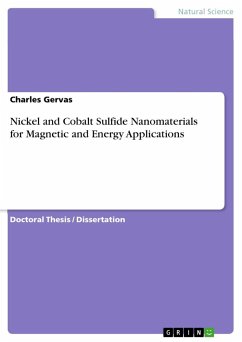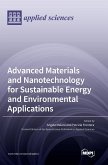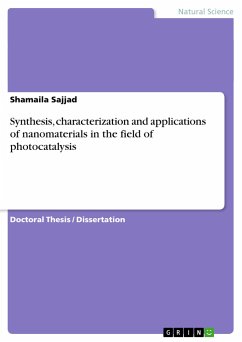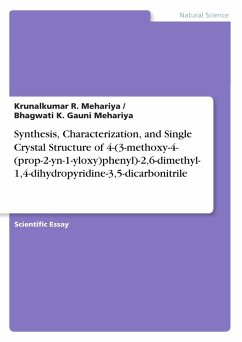Doctoral Thesis / Dissertation from the year 2022 in the subject Chemistry - Materials Chemistry, , course: CHEMISTRY, language: English, abstract: This thesis reports the symthesis of five metal complexes, namely bis(piperidinylldithiocarbamato)nickel(II) (1), bis(tetrahydroquinolinyldithiocarbamato)nickel(II) (2), bis(N¿-ethyl-N-piperazinyldithiocarbamato)nickel(II) (3), tris(morpholinodithiocarbamato)cobalt(III) (4) and tris(N¿-ethyl-N-piperazinyldithiocarbamato)cobalt(III) (5). These heterocyclic dithiocarbamate complexes have been characterised using common techniques such as Fourier Transform Infrared spectroscopy, elemental analysis and nuclear magnetic resonance spectroscopy. Nuclear magnetic resonance spectroscopy measurements were not conducted for complexes, due to their paramagnetic behaviour which adversely interferes with the technique. Single-crystal X-ray diffraction was used instead, which aided in the accurate elucidation of novel chemical structures of the complexes. Three complexes were characterised using the technique; the chemical structures of the rest are already known in literature. Generally, dithiocarbamate complexes have been identified as compounds of technological importance, particularly as single-source molecular precursors for the fabrication of nanomaterials for widespread applications. However, interest has mainly been on alkyl derivatives. Thus, this thesis focuses on the use of heterocyclic dithiocarbamates complexes as single-source molecular precursors for the fabrication of the corresponding metal sulfide thin films and nanoparticles through thermal decomposition routes. Thermal decomposition of the complexes (1)-(5) produced Ni-S, Co-S and Ni-Co-S nanoparticles and thin films which exhibited interesting morphological and optoelectronic properties. The above-mentioned systems were particularly chosen for their increased interest in magnetism, as well as energy generation and storage applications. In this thesis, the nature of the complexes and other reaction parameters were demonstrated to have an influence on the particle size, morphology, and phase purity of the nanoparticles and thin films produced. These properties have a profound impact on the efficiency of the nanoparticles and thin films, towards specific applications.
Hinweis: Dieser Artikel kann nur an eine deutsche Lieferadresse ausgeliefert werden.
Hinweis: Dieser Artikel kann nur an eine deutsche Lieferadresse ausgeliefert werden.








